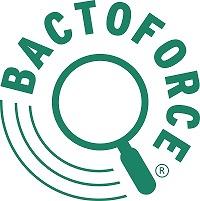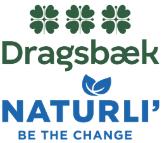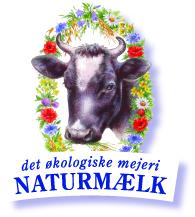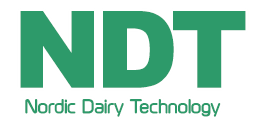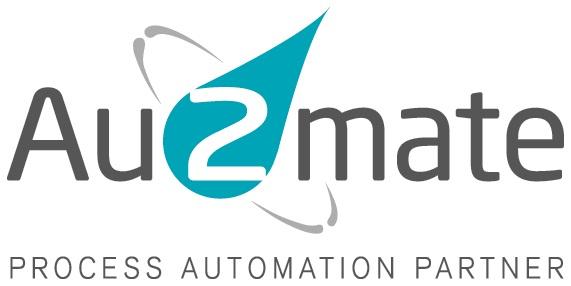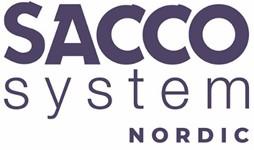
Om seminaret:
Osteproduktion er altid i udvikling og seminaret sætter fokus på de udfordringer og nye muligheder, som er aktuelle emner for både store og små ostemejerier. Der vil bl.a. blive kastet lys over effektiviseringsmuligheder i osteprocessen og nogle af de praktiske udfordringer i osteriet som f.eks. fermentering, løbe, bakteriofager og styring af syrningsprocessen samt mulighederne i anvendelsen af forskellige modningskulturer, accelereret ostemodning og saltreduktion. Endeligt bliver der givet bud på hvor innovation indenfor osteområdet bevæger sig hen og til sidst stiller vi et af de store spørgsmål lige nu; hvad er vigtigst ost eller ”native whey” og hvad vil blive første valg i fremtiden.
About the seminar:
Cheese production has developed through many years and the technology, the processes and the requirements are still developing. This seminar will focus on the challenges and new solutions that are relevant for small as well as large cheese producing dairies.
There will, among other things, be thrown light on the efficiency of the cheesemaking process and some of the more practical challenges in the cheese production such as fermentation, rennet, bacteriophage and control of the fermentation process as well as the possibilities in the application of different ripening cultures, accelerated cheese ripening and salt reduction. Finally, there is an indication of where and how cheese innovation will develop in the future. At last we ask cheese or native whey – what will be the first choice in the future. How can the cheese producing dairies support if the production of native whey protein should increase?
Der vil være indlæg på både dansk og engelsk.

Osteproduktion, fremtiden i lokalt og globalt perspektiv
Indlægget vil belyse nogle af tidens trendser og gå i dybden med nogle af de omkringliggende faktorer der påvirker osteprodukterne. Trends som ”Plant Based”, ”Sustainability” og ”Meat Replacers” vil blive belyst som eksempler på nogle af de ting der påvirker udviklingen af ost i dag.
Oplægget vil være baseret på data fra markeds trends og områderne der omtales tager udgangspunkt i de faktorer og debatter som er nutidige og aktuelle. Der vil være tid til åben debat og dialog i slutningen af indlægget.


1% more cheese yield and superior functionality
CHY-MAX® Supreme is the third generation of the CHY-MAX® fermentation produced chymosin (FPC) range of coagulants and a result of five years of intensive research. It helps cheesemakers deliver a greater commercial return by offering:
-
Higher yield
Produces up to one percent more cheese over the market leading coagulant while ensuring increased whey quality -
Faster and more precise production
Processes more milk and cheese in less time due to high enzyme specificity -
Superior functionality
Better slicing and grating of cheese with reduced giveaways and controlled protein breakdown over time
This ground-breaking innovation in the coagulant space can help modern cheesemakers generate maximum value, increase flexibility and efficiency and meet customer demand for better functionality and convenient cheese formats.

An aromatic and ripening adjunct culture for uncooked pressed cheese
Lallemand Specialty Cultures (LSC), part of the privately held Canadian company Lallemand Inc. will present the background and methodology of the LALFLORA® concept. Safe-to-use and technologically relevant strains from the indigenous flora of the best raw milk sources are collected. LSC then develops cultures from these strains that will be reintroduced during the cheese manufacturing process. Results with LALFLORA® AU1 in semi-hard cheeses will be presented.
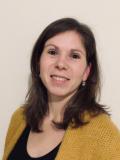
The benefits of complex cultures
Royal CSK has embraced complex cultures which originate from years of back slopping in various cheese factories and this is not without a reason. These cultures produce an unrivalled flavour which is complex and rich. One can imagine that flavour is only one aspect, however the application in the production is at least so important. Indeed, Recent studies indicate that culture complexity could be related to phage robustness.
The presentation will present the mechanisms of complex cultures and the benefits these cultures provide for cheese production in general.
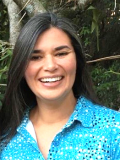
The complexity of bacterial interaction in cheese ripening
The decline of starter culture levels and the increase of non-starter lactic acid bacteria are the key elements for aroma compounds formation and development of sensory aspects during cheese ripening. To understand the mechanisms involved in this bacterial interaction as well as to investigate alternatives to develop heathier products and to accelerate cheese ripening, are the main objectives. A few examples will include: 1) the salt reduction for development of a healthier product; 2) the increase of temperature to accelerate ripening; 3) the use of sugars, commonly released from starters, on growth of non-starter lactic acid bacteria.
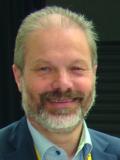
Hvad er bedst for din produktion, direkte podning eller brugssyre? Mulig optimering af brugssyres aktivitet og stabilitet
Anvendelse af brugssyre anses nogle steder for at være på vej ud, da man ønsker minimering af variation og risiko, samt mindre tab af kasein i vallen. Andre steder ses anvendelsen af brugsyren, som en mulighed for lavere omkostninger da man opnår hurtigere syrning, ekstra produktionskapacitet og ekstra udbytte på grund af det ekstra protein/kasein, der kommer fra brugssyren. Det kan lyde som modsatrettede udsagn. For mindre osteproduktioner, såvel som specialproduktion er direkte podning ofte den enkle og omkostningseffektive måde at gøre det på, men hvordan ser det ud for større osteproduktioner? Dette belyses i præsentationen sammen med eksempler på hvordan ser det ud hvis man gerne vil fremstille sin egen brugssyre og samtidig have den bedst mulige aktivitet og stabilitet.
Dette indlæg blev desværre aflyst, men præsentationen er tilgængelig
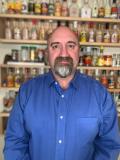
Advances in large capacity cheese making vats with improved yield and efficient heating
Enclosed Cheese Vat designs have changed over the last 45 years. The progression of design that has brought the cheese industry the Tetra Pak® Yieldmaster 2 Cheese Vat will be discussed. Why this vat has the highest yields, is capable of processing high solids milk, and with uniform curd size. The working principle, design, mechanics, and cheese making capability of the Yieldmaster cheese vat.


Nativ valle fra et osteperspektiv – nye døre åbnes
Osteproduktion er en forudsætning for tilgængelig af sød valle til fremstilling af vallebaserede ingredienser. Osteprocessen giver en fraktionering af kasein og valleprotein. Men hvad er vigtigst - osten eller vallen? Et alternativ er at foretage denne fraktionering uden at lave ost, herved kan ”nativ” valle udvindes. Denne teknologi åbner nye døre, både for kasein- og valle-delen. Anvendelse af kasein-strømmen til forskellige oste applikationer giver nye muligheder.




